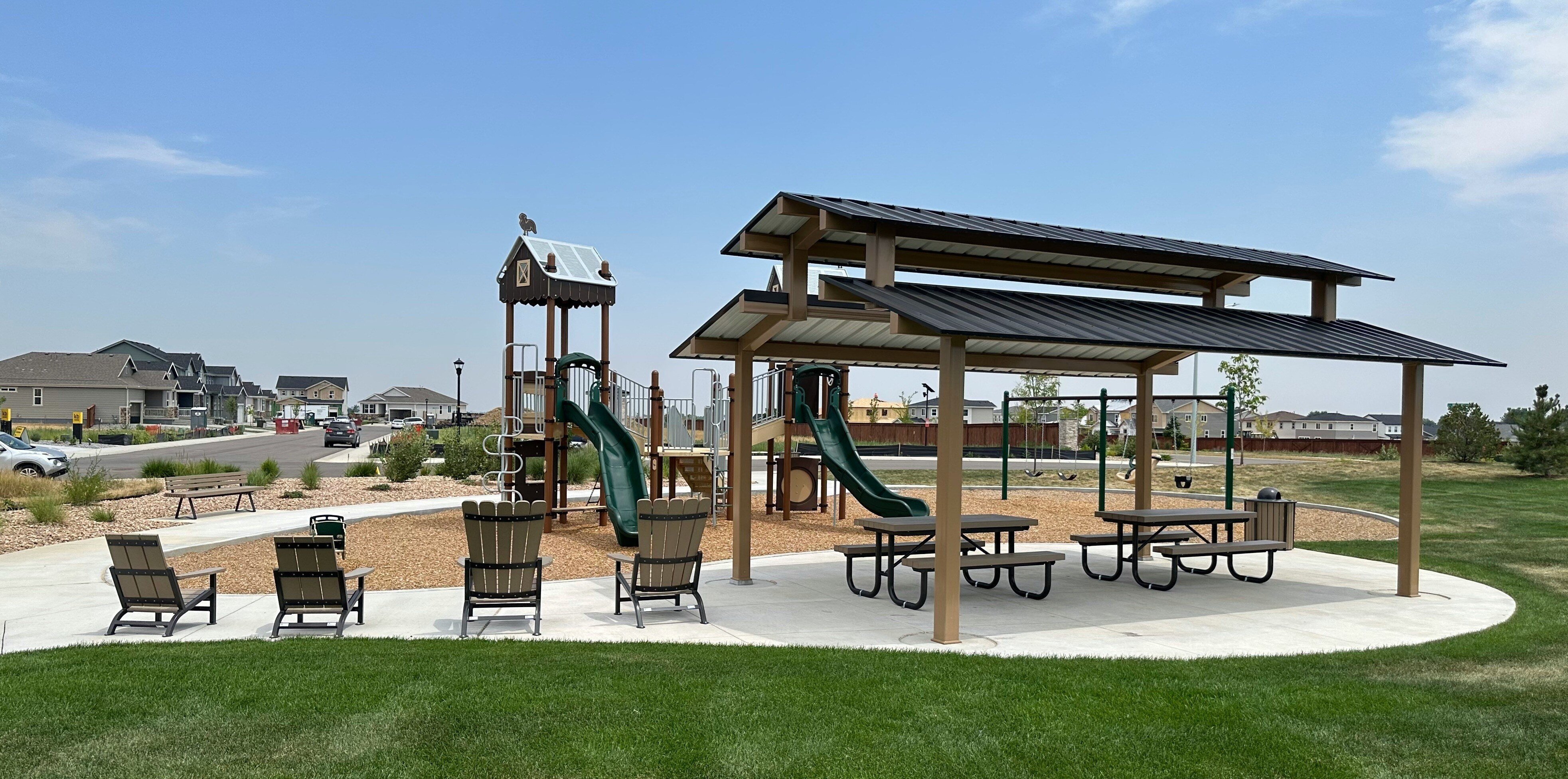Green Spaces: Enhancing Quality of Life

The Power of Parks: Enhancing Life in Master-Planned Communities
Parks and outdoor spaces are more than just green lungs in Master-Planned Communities (MPCs); they are vital contributors to the overall well-being and success of these thriving developments. From enhancing physical and mental health to fostering a strong sense of community and protecting the environment, the benefits of thoughtfully designed parks are numerous and far-reaching.
Enhanced Quality of Life
-
Physical Health: Parks encourage an active lifestyle by providing spaces for walking, running, biking, and outdoor play. This increased physical activity leads to improved cardiovascular health, weight management, and a reduced risk of diseases. Spending time in nature has been shown to lower stress levels, improve mood, and enhance cognitive function.
-
Mental Health: Access to nature provides a sense of tranquility and escape from the stresses of daily life. Studies have shown that spending time in green spaces can boost mood, reduce feelings of depression, and increase overall well-being. Parks also provide valuable opportunities for social interaction, fostering a sense of community and belonging among residents.

Community Building
Parks serve as natural gathering places, providing spaces for community engagement and provide venues for cultural & social events. A well-designed park can also become a defining feature and add to overall character and appeal.
- Hosting Community Events: Parks can accommodate festivals, concerts, farmer's markets, and outdoor movie nights, all of which contribute to a sense of belonging.
- Encourage Community Interaction: Parks and shared green spaces bring people together, creating chances for spontaneous conversations and stronger connections among neighbors.
- Creating Landmarks: A well-designed park with unique park benches or picnic tables can become a defining feature of an MPC.
Environmental Benefits
In addition to social & health advantages, parks play a crucial role in environmental sustainability.
- Air & Water Quality: Trees and other vegetation help to naturally filter air pollution and improve overall quality. Green spaces also help absorb rainwater & reduce runoff and flood risks.
- Cooling & Climate: Tree also provide natural cooling and parks or greenspaces can help regulate microclimates.
- Biodiversity & Wildlife: Native plant landscaping supports local pollinators & bird populations. Preservation of green spaces allows wildlife to thrive within urban and suburban areas.
Designing Effective Outdoor Spaces in MPCs
For parks to maximize benefits, they should be designed with inclusivity and functionality in mind. Here are some key aspects to consider when developing a master planned community project:
- Inclusive Playgrounds: Designed to accommodate children of all abilities with sensory play elements.
- Multi-Use Spaces: Parks should be adaptable for everything from morning yoga classes to evening community events or concerts.
- Shaded Seating: Shaded spaces with ample outdoor tables and park benches encourages residents to use parks year-round.
Parks and outdoor spaces are invaluable assets within Master-Planned Communities. By prioritizing the creation and maintenance of well-planned, accessible parks and green spaces with quality and durable site furnishings, landscape architects, contractors, & developers can ensure residents enjoy an enhanced quality of life, foster a strong sense of community, and contribute to a more sustainable and environmentally friendly living environment.
Resource links: Urban Land Institute ; Bankrate ; Motley Fool

